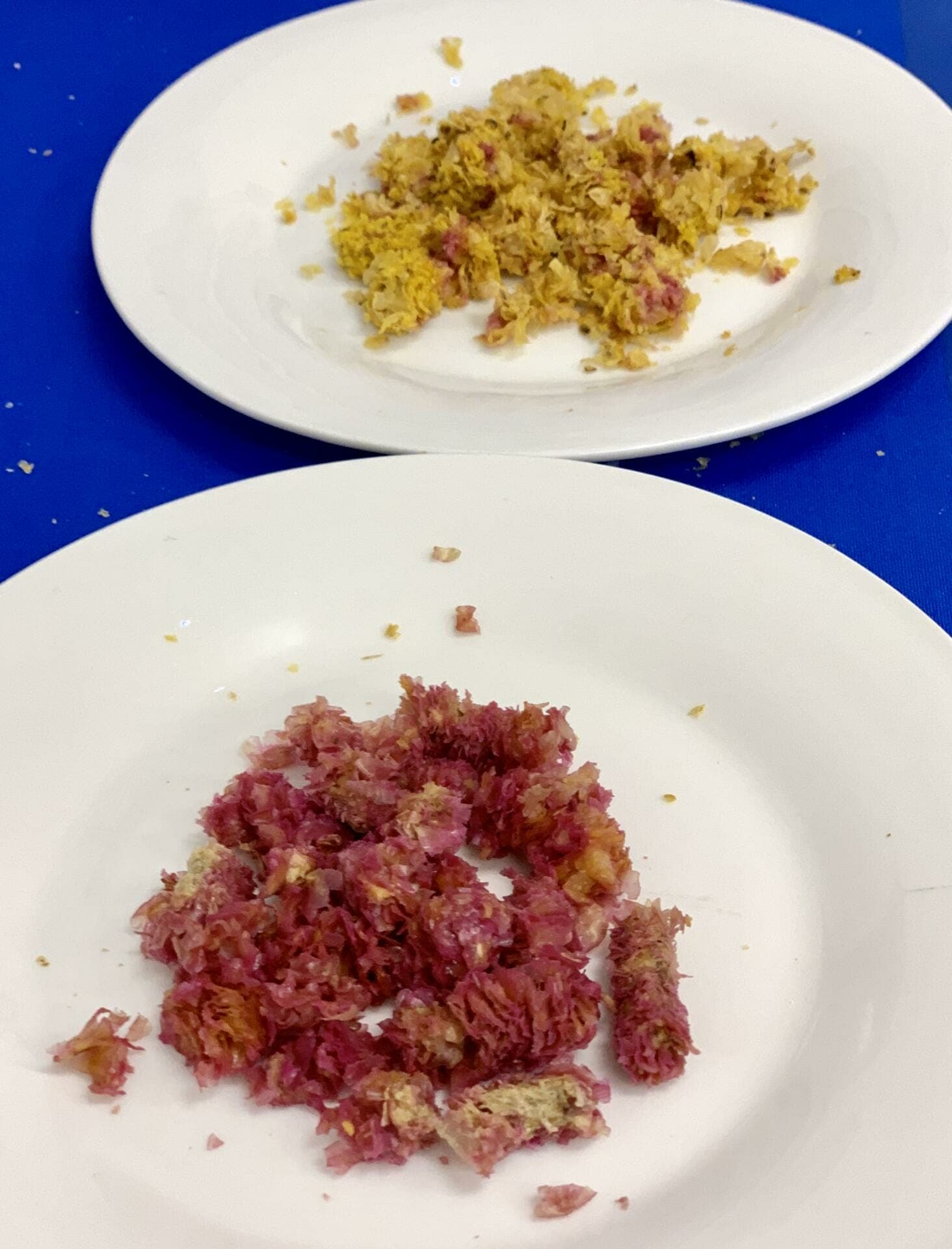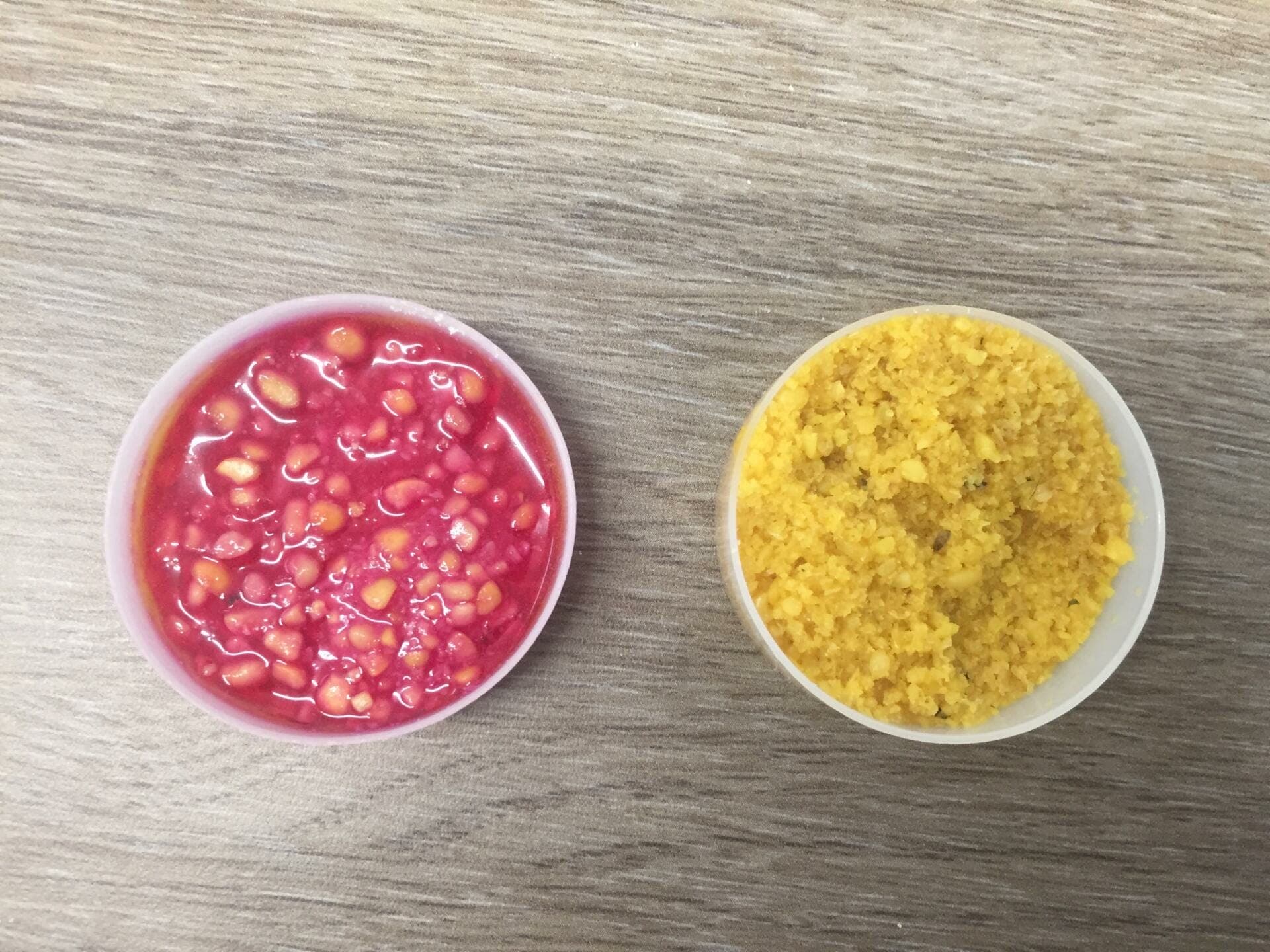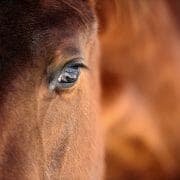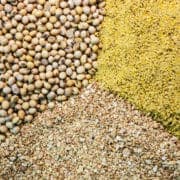Are Soybean Hulls Safe For Horses?
Are your soybean hulls safe? Because some of them definitely are NOT!
Soybean is a great ingredient in a horse’s diet. The protein is amazing and year in, year out we feed it to horses with stunning results in muscle, bone quality and milk production.
BUT… it MUST, MUST, MUST be heat treated correctly to make it safe to feed!
Why Must Soybean Be Cooked Before It’s Fed To Horses?
Uncooked soybean has a few anti-nutritional factors. The most significant one is trypsin inhibitor. Trypsin is a protein-digesting enzyme made by your horse. Your horse uses trypsin to cut up protein into amino acids so they can be absorbed.
Trypsin is like a little pair of scissors whose only job is to cut up (i.e. digest) protein. The trypsin inhibitor in soybean effectively ties a piece of string around the end of these protein-digesting scissors so they can no longer cut any protein up.
The end result… decreased protein digestion! So you can be feeding plenty of protein but if any soybean products you are feeding have active trypsin inhibitor, protein digestion will be reduced! A lot! And the problem is it reduces protein digestion from ALL protein in the diet, not just from the ingredient containing the trypsin inhibitor (i.e. the soybean hulls).
How To Know If Your Soybean Product Is Safe For Horses
Here is an example of two samples of soybean hulls from a large riding horse stable. The horses in the stable were being fed two different brands of soybean hull. The stable manager had gone to long lengths to balance these diets using FeedXL. To look at the diets on paper you’d expect lovely, rounded, well-conditioned horses.
But they weren’t. The horses being fed the most feed had little muscle. Spines were tent-shaped, rumps were flat and shoulders and chests thin and narrow. Something was wrong and it wasn’t immediately obvious… until we tested the soybean hulls!
A rapid colour test was used to check for likely active trypsin inhibitor, to make sure they had been heat-treated enough to destroy all trace of trypsin inhibitor. When heat treatment has been done well, the samples tested should show no trace of a colour change. If heat treatment was not done properly, and active trypsin inhibitor is still present, the sample turns pink. How pink determines how active the trypsin inhibitor will still be… more pink = more active trypsin inhibitor (which is not what we want to see).

And the results, to be honest, are scary! The hulls in the photo at the front lit up like a Christmas tree! Bright pink everywhere indicating lots of active trypsin inhibitor. These ones likely have received no heat treatment at all and are totally unsuitable for horses. Yet they were packaged and sold specifically for horses.
The ones in the back, you could see had received enough heat on the outside of the pellet to deactivate the trypsin inhibitor. BUT inside the pellets there was still pink indicating active trypsin inhibitor.
The stable feeding these was contacted and told to stop feeding the first pellet immediately. No wonder their horses had no muscle! This product, which they had been feeding for close to 8 months, would have been stopping a lot of protein digestion. And this is not theory… you could SEE how much these horses were deficient in protein, despite their diet containing plenty of it.
The second pellet (in the back) we wouldn’t recommend feeding either. It will put your horse in a bit of a two steps forward, one or two steps back situation… helping with energy intake but partially blocking protein digestion.
When soybean is PROPERLY cooked, there should be ZERO trace of pink, as shown in the sample on the right here of well extruded full fat soybean. The sample on the left is raw, ground full fat soybean. It is, of course, bright pink… just to show how much the bean itself reacts with this colour test BEFORE it is cooked.

THIS extruded soybean (on the right) is how ALL soybean products SHOULD and in fact MUST look to be safe to feed to horses.
By now, if you are feeding soybean hulls you may be feeling a bit anxious… wondering if the brand you are feeding is OK or not… it might be, but it may not be either.
How To Test For Trypsin Inhibitor in Soybean
And it is a little bit hard to advise you on what you should do. First step is probably to contact your soybean hulls supplier and ask them to provide any photos they may have of this quick color test check for trypsin inhibitor. Or for a lab analysis for likely trypsin inhibitor activity.
If you are in Australia, Symbio Labs in Brisbane (https://www.symbiolabs.com.au/) can test soybean hulls for you to show you if they have been heat treated enough to be safe to feed.
If you are in North America, you can order a test kit and test your soybean products yourself (https://canadianbio.com/Store).
If you are elsewhere in the world please get in touch with a local feed or food testing laboratory and ask if they are able to assess soybean hulls for trypsin inhibitor activity.
Unfortunately yet another case of buyer beware.
Want to keep your horse’s health in check with FeedXL?
Get EVEN MORE practical and personalised feeding guidance when you sign up to FEEDXL.
Do you have a question or comment? Do you need help with feeding?
We would love to welcome you to our FeedXL Horse Nutrition Facebook Group. Ask questions and have them answered by PhD and Masters qualified equine nutritionists and spend time with like-minded horse owners. It’s free!
Click here to join the FeedXL Horse Nutrition Facebook Group




